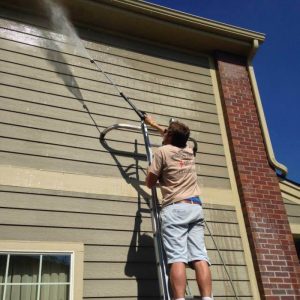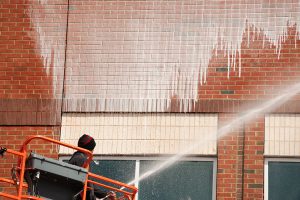
Revitalize Your Property: The Ultimate Guide to Choosing a Power Washing Service
Revitalize Your Property: The Ultimate Guide to Choosing a Power Washing Service The exterior appearance of a property speaks volumes about its upkeep, professionalism, and

